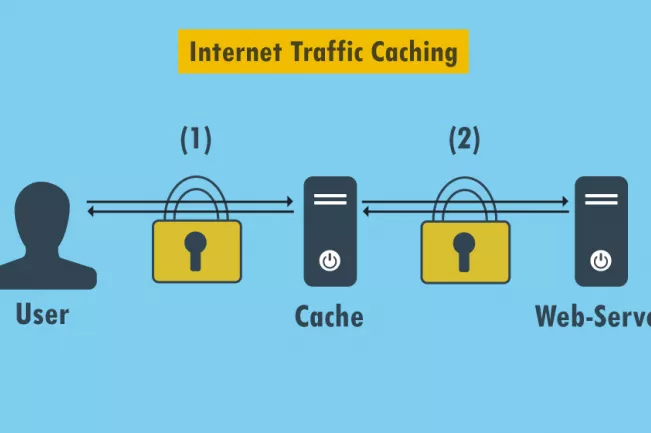Department of Computer Science
Internet Traffic Caching

Objective
Bandwith saving plays an important role on low-performance or cost-intensiv network links, e.g. when supplying remote areas with internet connections via satellite-links.
Methods
We focus on a theoretical and practical evaluation of different caching techniques. Our KPI for these techniques is simple, the amount of bandwith saved on a specific internet link.
Results
A first paper summarizes the state-of-the-art for different caching methods. In addition to that, this work includes a small experiment conducted in our lab. The results show that approximatly 7% bandwith can be saved using a simple proxy server for caching.
A second study aims to investigate the potential of a Man-in-the-Middle-enabled cache – a cache that can decrypt traffic of TLS or HTTPS secured connections. To achieve this goal, a squid proxy-cache is set up in a way that lets it act as a Man- in-the-Middle. It creates two connections: One connection (on behalf of the client) to the web-server, another one to the client himself. Unlike a conventional cache it does not simply forward the encrypted traffic between client and server but actively decrypts and encrypts everything. While this approach allows the cache to store objects for later use and hence, reduce bandwidth usage, it also imposes privacy issues on the clients.